I had the exact thing for audio files.
The protocol is used to inform the player when user changes the value of the slider.
func updateSliderPosition(position: Float)
is called every half second by the player to change position of the slider current value.
import UIKit
protocol AudioSliderControlDelegate: class
{
func audioSliderControlDdiChangeValue(sender: AudioSliderControl, value: Float)
}
class AudioSliderControl: UIControl
{
@IBOutlet weak var slider: UISlider!
@IBOutlet weak var currentPositionLabel: UILabel!
@IBOutlet weak var totalDurationLabel: UILabel!
weak var delegate: AudioSliderControlDelegate?
private var totalLenght: Double?
override func awakeFromNib()
{
super.awakeFromNib()
backgroundColor = UIColor.clevooOrange()
slider.addTarget(self, action: "sliderValueChanged:", forControlEvents: .ValueChanged)
self.addSeperatorToTop()
}
//MARK:
//MARK: - Setup
func setupForDuration(duration: Double)
{
totalLenght = duration
currentPositionLabel.text = Double(0).formattedDuration()
totalDurationLabel.text = (duration + 0.5).formattedDuration()
slider.setValue(0, animated: false)
}
func updateSliderPosition(position: Float)
{
self.currentPositionLabel.text = (totalLenght! * Double(position)).formattedDuration()
self.slider.value = position
}
//MARK:
//MARK: - Notification
func sliderValueChanged(slider: UISlider)
{
self.currentPositionLabel.text = (totalLenght! * Double(slider.value)).formattedDuration()
delegate?.audioSliderControlDdiChangeValue(self, value: slider.value)
}
}
